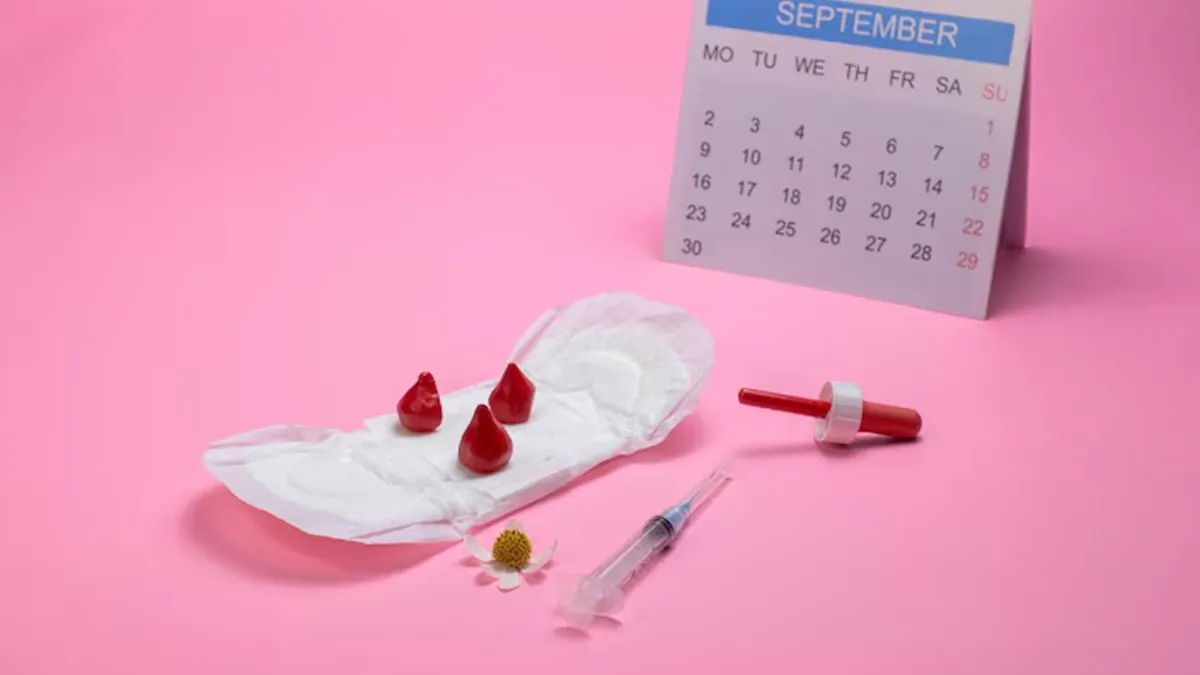
Many women sail through their 20s and 30s with predictable periods, only to find that once they cross 40, the menstrual flow becomes heavier, clots appear more often, and cycles feel anything but 'normal.' While an occasional clot is usually harmless, large, frequent clots (bigger than a ₹1 coin or a US quarter) can be alarming. Understanding the reasons behind this mid‑life shift is the first step toward relief and peace of mind.
Table of Content:-
We spoke to Dr Vaishali Sharma, MD (AIIMS), Gynaecologist and Obstetrics, IVF Specialist, who explained the six common causes of heavy menstrual clotting after 40, the red‑flag symptoms that warrant medical review.
Causes Of Heavy Period Clots After 40
1. Perimenopause and Oestrogen Roller‑Coaster
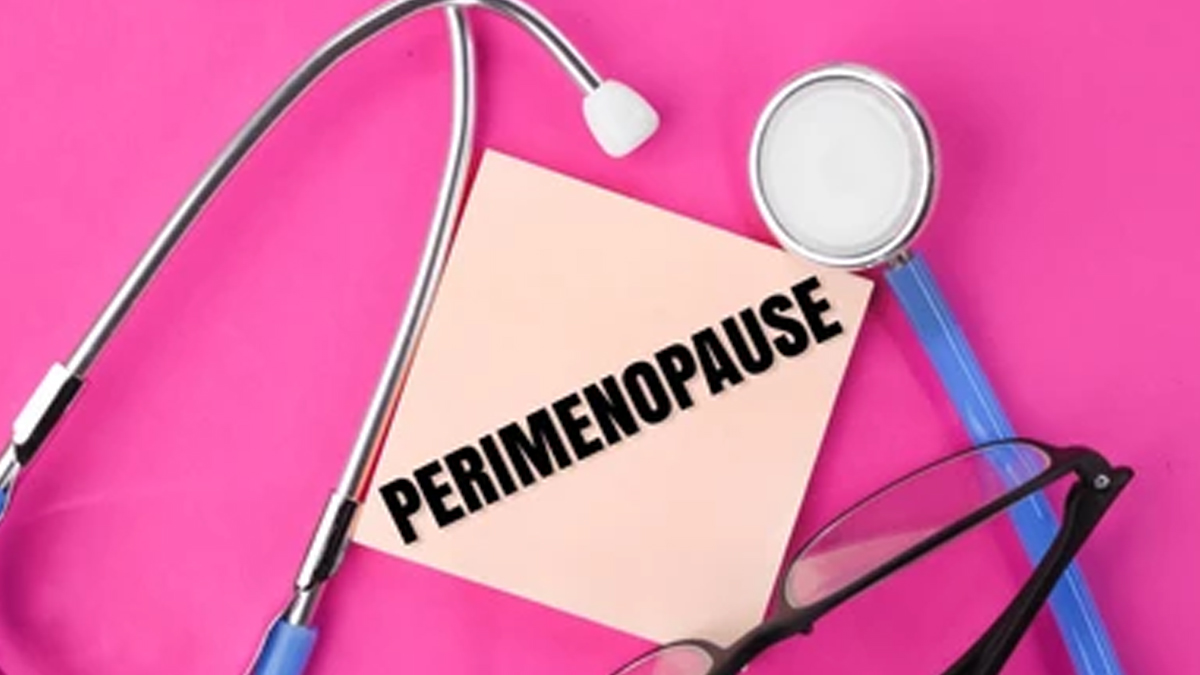
What happens: "As women enter their 40s, they often enter perimenopause, a transition period leading up to menopause. It is characterised by irregular changes in oestrogen and progesterone levels," said Dr Sharma.
How it causes clots:
- Oestrogen spikes stimulate the uterine lining (endometrium) to build up.
- Progesterone dips mean less regulation and shedding control.
- The thicker the lining, the heavier the bleed and the higher the chance of clots forming before they exit.
Expert tip: Track your cycles with an app. If bleeding lasts >7 days, saturate a pad/tampon every hour, or clots exceed 2–3 cm, speak to your gynaecologist about hormonal balancing options (low‑dose OCPs, cyclical progesterone, or the levonorgestrel IUD).
2. Uterine Fibroids (Leiomyomas)
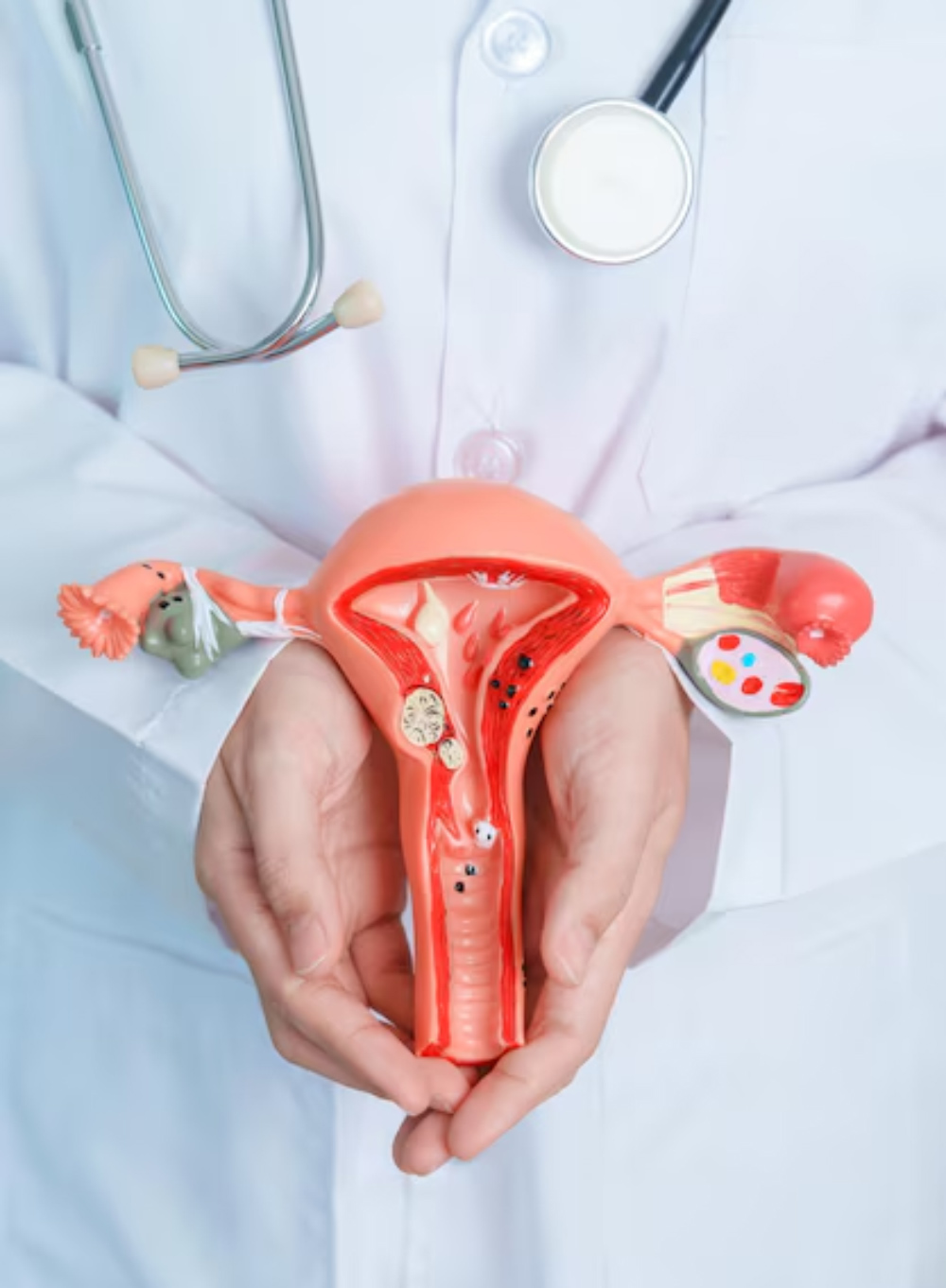
- What happens: According to the Office on Women's Health (OASH), about 20 to 80% of women have fibroids by the age of 50. These growths are most frequently seen in women in their 40s and early 50s. Fibroids are benign muscle tumours that enlarge the uterine cavity or distort its shape.
- Why they cause clots: Fibroids increase the surface area inside the uterus and interfere with normal muscle contractions, so blood pools longer and coagulates into clots.
- Expert tip: A pelvic ultrasound is a fast, pain-free, and reliable diagnostic tool. "Treatments range from iron supplements and tranexamic acid for symptom control to minimally invasive options, such as uterine artery embolisation or MRI‑guided focused ultrasound," advised Dr Sharma.
Also Read: When Should You Be Concerned About Period Clots? Doctor Answers
3. Adenomyosis

- What happens: Endometrial tissue grows into the uterine muscle wall, making it thick, boggy, and tender.
- Symptoms besides clots: Diffuse pelvic pain, a 'heavy' uterus sensation, and cramps that worsen over time.
- Expert tip: MRI or transvaginal ultrasound can suggest adenomyosis. Hormonal IUDs, GnRH antagonists, or when childbearing is complete, hysterectomy provide lasting relief.
4. Thyroid Dysfunction
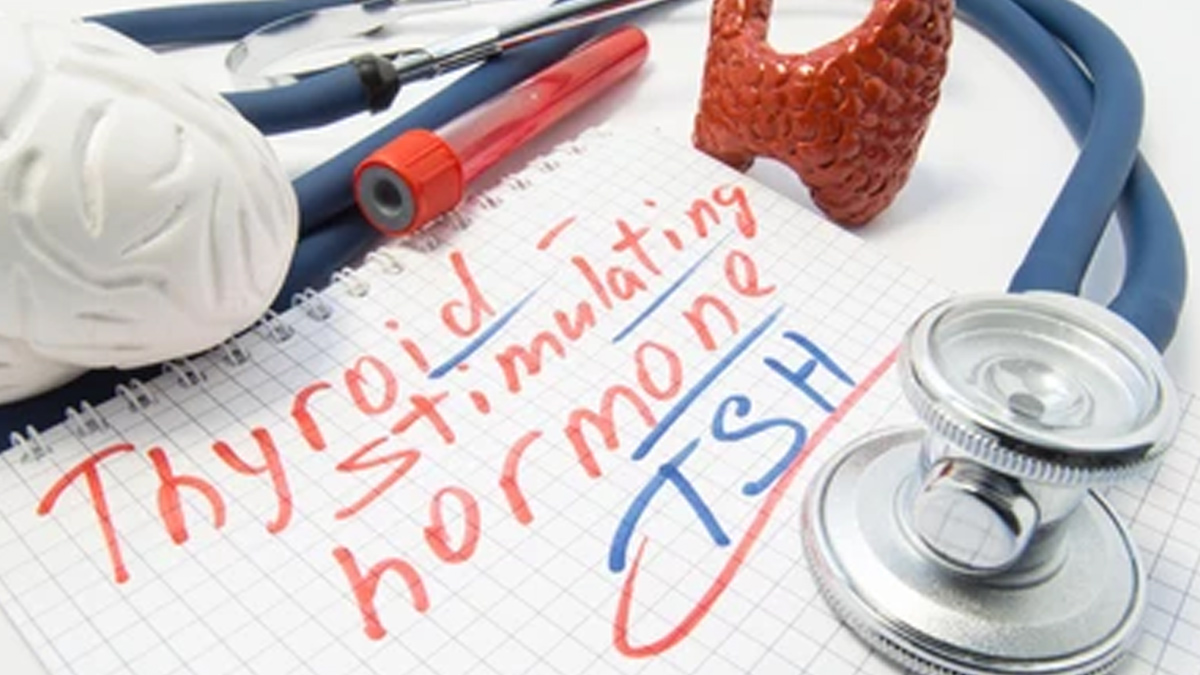
Hypothyroidism slows metabolism and periods. Low thyroid hormone elevates Thyrotropin-releasing hormone (TRH), which indirectly raises prolactin and disrupts ovulation.
- Result: Long anovulatory cycles, thick endometrium, heavy flow, and clots.
- Expert tip: A simple TSH test can reveal the problem; adjusting thyroid medication often lightens periods within 2‑3 cycles.
5. Blood-clotting disorders and Medications
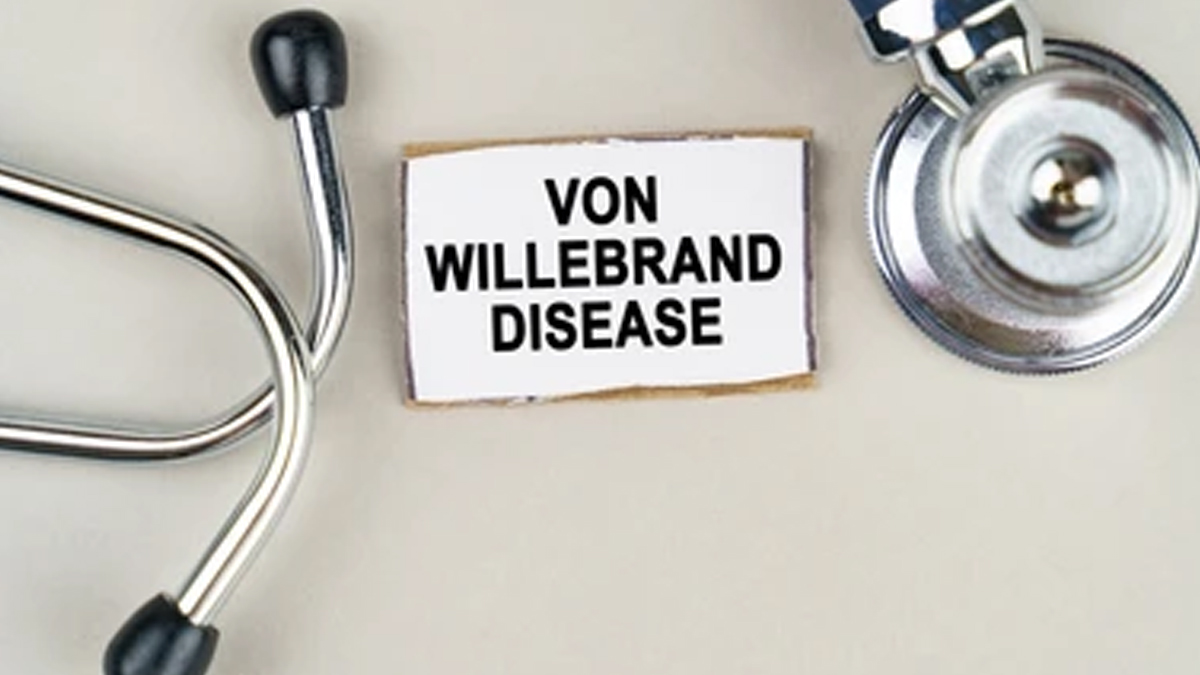
- Von Willebrand disease or acquired platelet dysfunction can surface later in life.
- Anticoagulants for heart or clotting issues thin the blood and increase volume and clot size.
- Expert tip: If you recently started a blood thinner or notice easy bruising with heavy clots, ask for a coagulation profile.
6. Endometrial Hyperplasia or Cancer (Less Common but Critical)
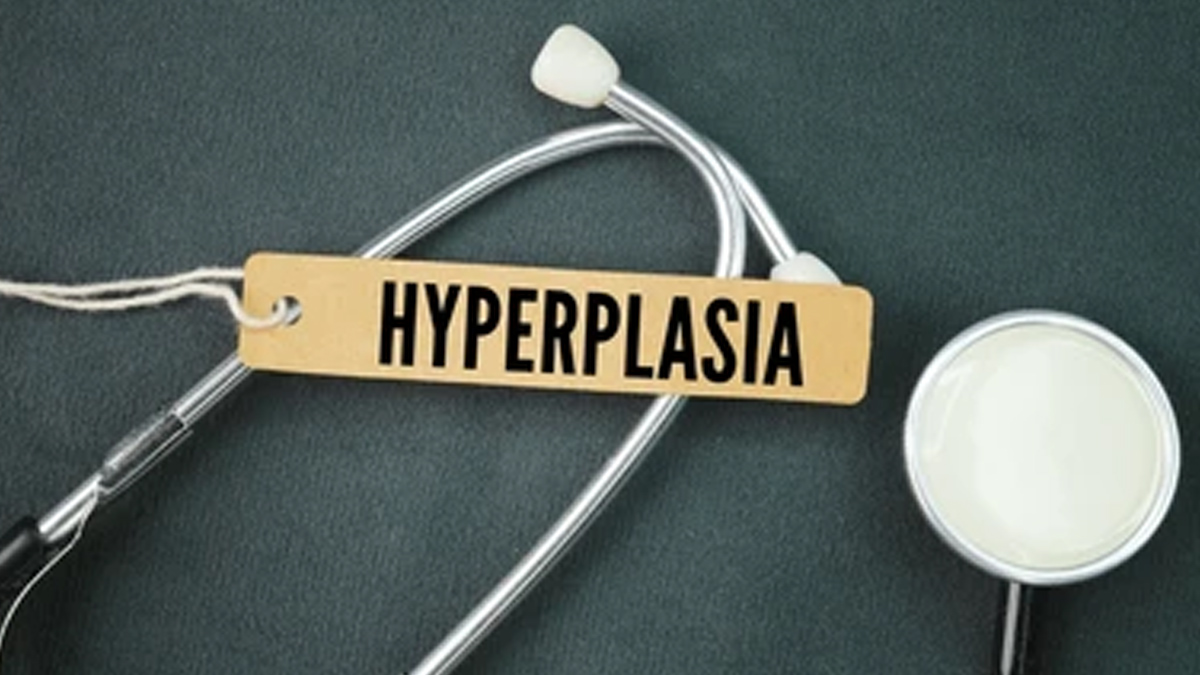
"Any post‑40 heavy bleeding with large clots warrants evaluation to rule out pre‑cancerous changes or malignancy. Risk factors include obesity, diabetes, chronic anovulation, and family history," added Dr Sharma.
Expert tip: An in‑office endometrial biopsy is quick and vital. Caught early, hyperplasia is highly treatable with progesterone therapy; cancer detected at Stage I has >90 % five‑year survival.
When to Seek Immediate Care
- Soaking >1 pad every hour for 2 consecutive hours
- Clots larger than a golf ball
- Dizziness, palpitations, or fainting (signs of anaemia)
- Bleeding after intercourse or between periods
Practical Lifestyle and Medical Solutions
- Iron‑rich diet + supplements: Replenish lost haemoglobin, combats fatigue
- Regular exercise and weight management: Reduces oestrogen dominance, fibroid growth, insulin resistance
- NSAIDs: Decrease prostaglandins, cut flow by up to 30 %
- Antifibrinolytics (tranexamic acid): Taken during menses, reduce bleeding/clots by 40–60 %
- Hormone therapy/IUD: Thins endometrium, stabilises cycles
- Minimally invasive surgery: Fibroid ablation, endometrial resection, or hysteroscopic polypectomy
Key Takeaways
- Hormonal flux, fibroids, and adenomyosis are the top culprits for heavy clots after 40.
- Simple tests like pelvic ultrasound, TSH, and blood counts often reveal the cause.
- Treatment is highly personalised; options range from lifestyle tweaks to advanced minimally invasive procedures.
- Never normalise excessive bleeding. Early evaluation preserves energy, fertility, and overall health.
Bottomline
Dr Sharma concluded, "If heavy clots are disrupting your life, schedule a consultation with a qualified gynaecologist. Mid‑life should be a time of empowerment, not exhaustion. Get informed, get evaluated, and reclaim your cycle."
[Disclaimer: This article contains information provided by an expert and is for informational purposes only. Hence, we advise you to consult your professional if you are dealing with any health issue to avoid complications.]
Also watch this video
How we keep this article up to date:
We work with experts and keep a close eye on the latest in health and wellness. Whenever there is a new research or helpful information, we update our articles with accurate and useful advice.
Current Version
